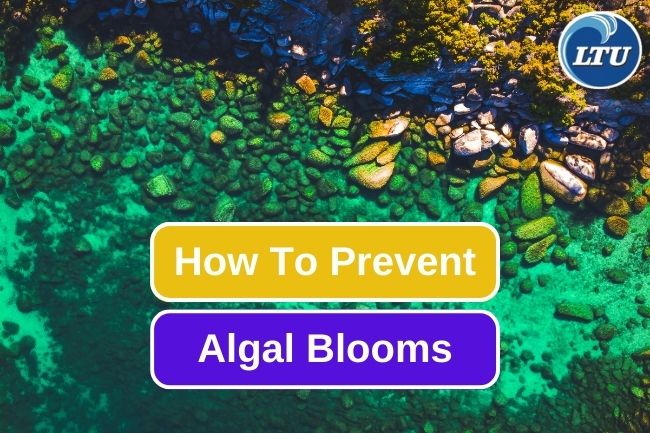8 Ways On How To Prevent Algal Blooms
By. Nevanda - 08 Jun 2023
lauttimur.com - Preventing algal blooms requires a combination of measures aimed at reducing nutrient inputs, managing water resources effectively, and implementing appropriate environmental practices. Here are some strategies to help prevent algal blooms:
1. Reduce Nutrient Inputs
Minimize the release of excess nutrients into water bodies by implementing the following practices:
- Improve wastewater treatment: Upgrade wastewater treatment plants to remove nutrients effectively before discharge.
- Manage agricultural runoff: Implement agricultural best management practices (BMPs) to reduce nutrient runoff from fields, such as using precision agriculture techniques, buffer zones, cover crops, and proper timing and application of fertilizers.
- Control stormwater runoff: Install and maintain stormwater management systems that can effectively trap and treat runoff from urban areas, preventing nutrient-rich water from reaching water bodies.
Read also: 5 Impact That Algal Blooms Caused
2. Implement Buffer Zones and Vegetated Swales
Establish buffer zones of native vegetation along water bodies, particularly in agricultural and urban areas. These vegetated areas help filter and absorb nutrients, sediment, and other pollutants before they enter the water.
3. Manage Livestock Operations
Implement proper manure management practices on farms to prevent nutrient-rich runoff from entering water bodies. This includes appropriate storage, handling, and application of manure to minimize nutrient losses.
4. Promote Responsible Fertilizer Use
Encourage responsible fertilizer use by providing education and guidelines to homeowners, landscapers, and farmers. This includes proper nutrient management plans, soil testing, and precise application methods to avoid over-application of fertilizers.
5. Control Erosion
Implement erosion control measures such as terracing, contour plowing, and the use of erosion control blankets to prevent sediment and associated nutrients from entering water bodies.
Read also: These Are 10 Things To Do To Save Marine Ecosystem
6. Enhance Water Circulation
Promote water circulation and mixing in lakes and reservoirs through aeration techniques, such as diffused air systems or circulation devices, to reduce stagnant conditions that favor algal growth.
7. Monitor Water Quality
Regularly monitor water quality parameters such as nutrient levels, dissolved oxygen, and algal biomass to detect early signs of algal blooms. Timely monitoring allows for appropriate actions to be taken to manage and prevent blooms.
8. Public Awareness and Education
Raise awareness among the public about the causes and impacts of algal blooms. Encourage responsible behaviors, such as proper waste disposal, minimizing fertilizer use, and reducing nutrient runoff from homes and gardens.
It is important to note that preventing algal blooms requires a multi-faceted approach involving collaboration between government agencies, scientists, industries, and communities. Implementing these prevention strategies can help mitigate the occurrence and impact of algal blooms, safeguarding the health of ecosystems and human populations that depend on clean water resources.
Read also: 6 Reason Why Caviar Is Considered As Healthy Diet








